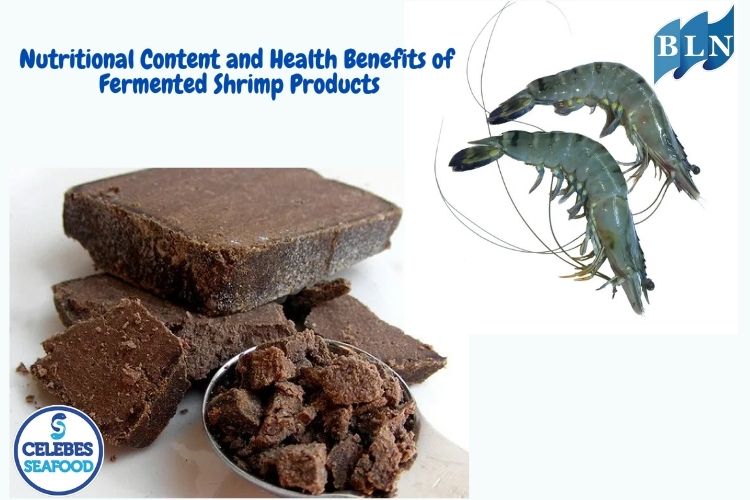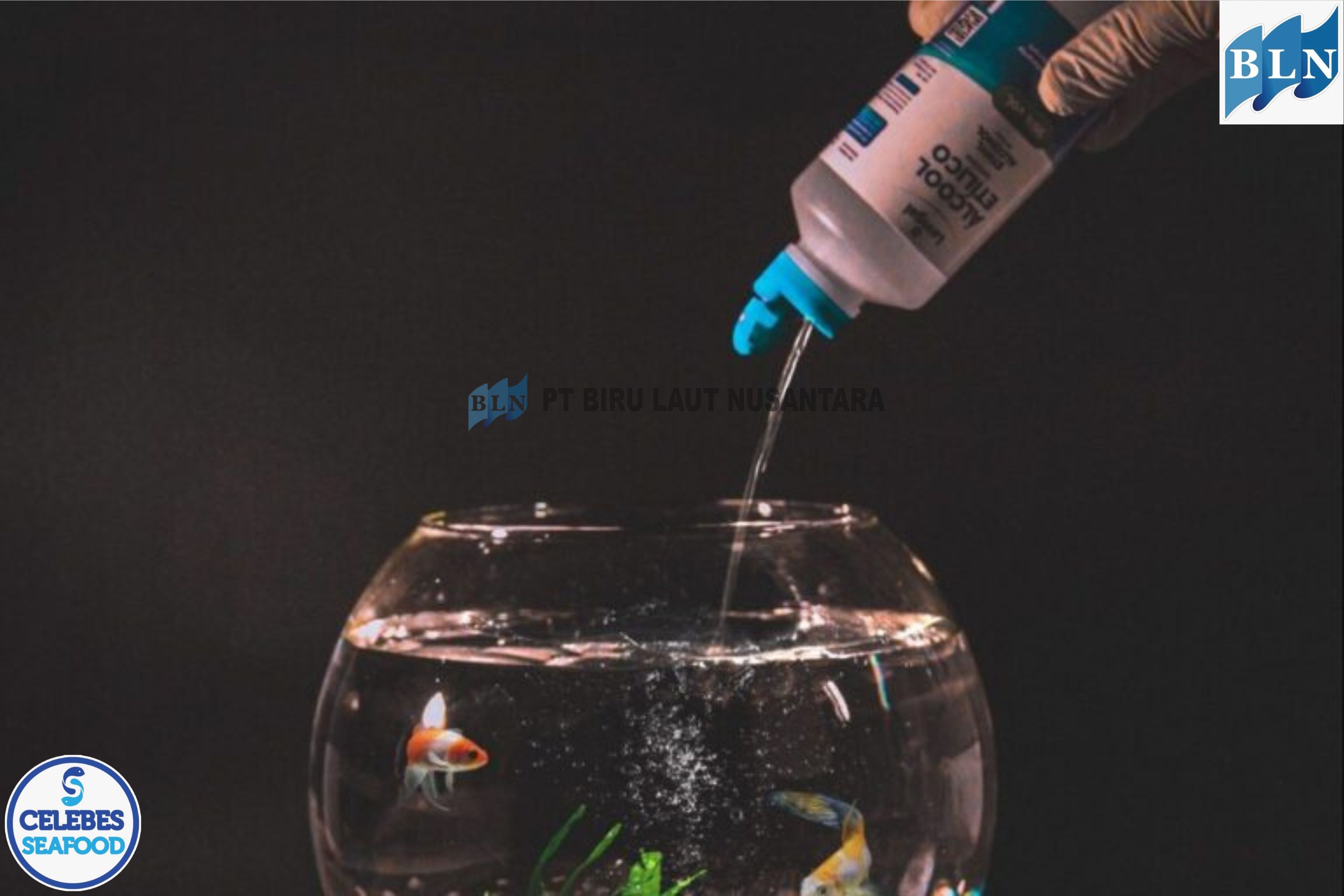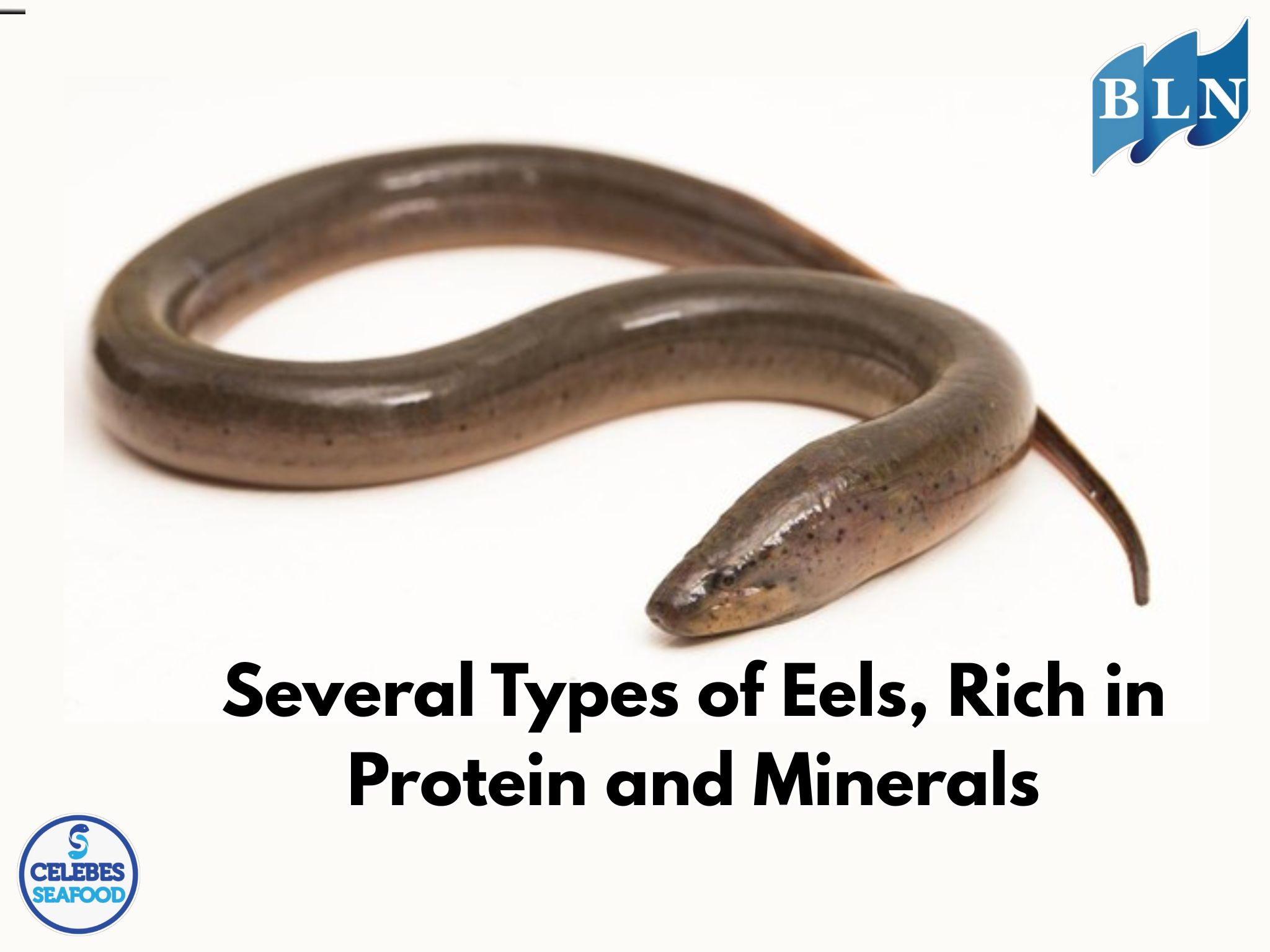Study on Salmonella and Escherichia coli Contamination in Wild-Caught Fish
By. Azizah - 16 Aug 2025.jpg)
lautnusantara.comWild-caught fish is an important source of animal protein for communities, yet it is highly susceptible to microbiological contamination due to poor hygiene during capture, landing, and distribution. Two pathogenic bacteria often used as food safety indicators are Salmonella spp. and Escherichia coli. This article discusses contamination sources, factors influencing the presence of these bacteria, detection methods, and their implications for public health. Studies have shown that the occurrence of Salmonella and E. coli in wild-caught fish often correlates with poor sanitation practices and suboptimal cold chain implementation.
Introduction
Fish consumption in Indonesia has continued to rise along with public awareness of the nutritional benefits of fishery products. However, wild-caught fish is often contaminated with pathogenic microorganisms, particularly Salmonella and E. coli, which can cause foodborne diseases. Contamination can occur at sea due to environmental pollution or after capture through contact with equipment, washing water, and unhygienic handling by workers. Therefore, studying the presence of these bacteria is important as an indicator of fish quality and safety in the market.
Sources and Factors of Contamination
Contamination of Salmonella and E. coli in wild-caught fish may originate from:
-
Aquatic Environment – Discharge of domestic and industrial waste into the sea increases the risk of exposure to pathogenic bacteria.
-
Fishing Gear and Vessels – Dirty surfaces that are rarely sanitized can serve as bacterial transmission media.
-
Washing Water – Use of non-potable water facilitates microbial transfer.
-
Post-Harvest Handling – Delays in cooling, breaks in the cold chain, and contact with unhygienic workers heighten contamination risk.
Characteristics of Salmonella and Escherichia coli
-
Salmonella spp. are Gram-negative bacteria responsible for salmonellosis, which manifests as diarrhea, fever, and abdominal cramps. They can survive at low temperatures and are transmitted through consumption of contaminated food.
-
Escherichia coli, particularly pathogenic strains such as E. coli O157:H7, can cause severe diarrhea, hemorrhagic colitis, and complications such as hemolytic uremic syndrome. The presence of E. coli is often used as an indicator of fecal contamination.
Detection Methods
Common methods for detecting Salmonella and E. coli in fish include:
-
Conventional Culture Methods – Isolation using selective media such as XLD agar for Salmonella and EMBA agar for E. coli.
-
Biochemical Tests – Species identification based on metabolic characteristics.
-
Molecular Methods (PCR) – Rapid and specific detection based on target genes such as invA for Salmonella and uidA for E. coli.
Implications for Food Safety
The presence of Salmonella and E. coli in wild-caught fish poses a significant health risk, especially when the fish is consumed raw or undercooked, as in dishes such as sashimi or ceviche. Implementation of proper sanitation standards, a well-maintained cold chain, and quality monitoring of water are crucial in minimizing these risks. Additionally, educating fishermen and traders on hygienic fish handling is essential in controlling contamination.
If you are interested in our OCTOPUS WHOLE CLEANED BALL TYPE, OCTOPUS WHOLE CLEANED FLOWER TYPE please do not hesitate to contact us through email and/or whatsapp.
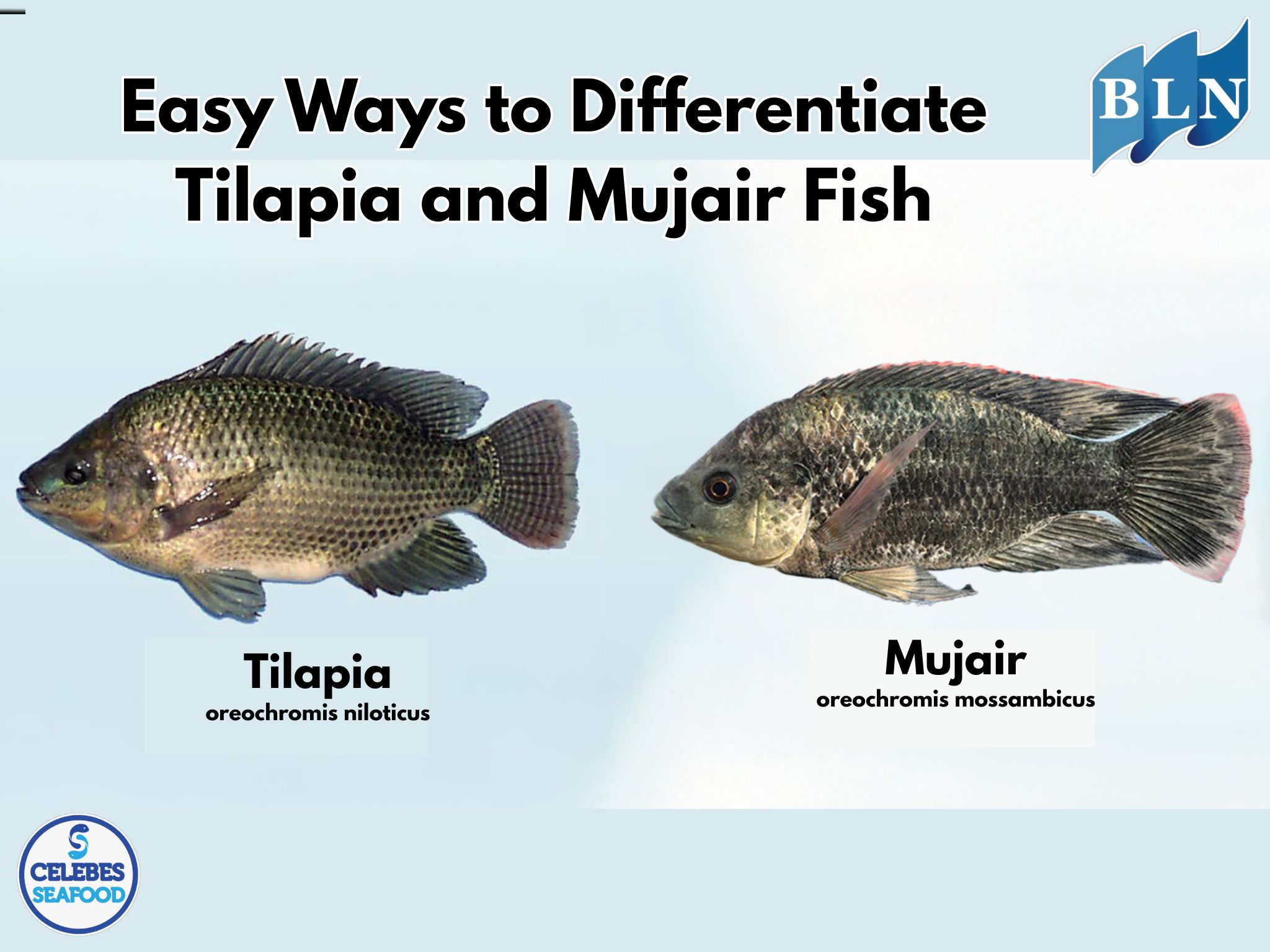
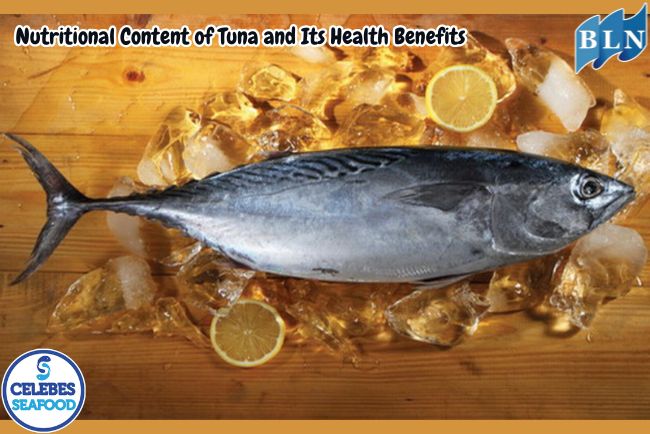
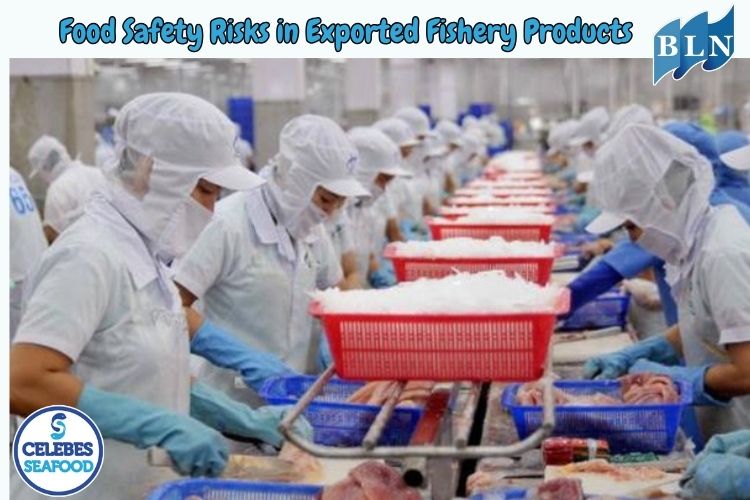
.jpg)

